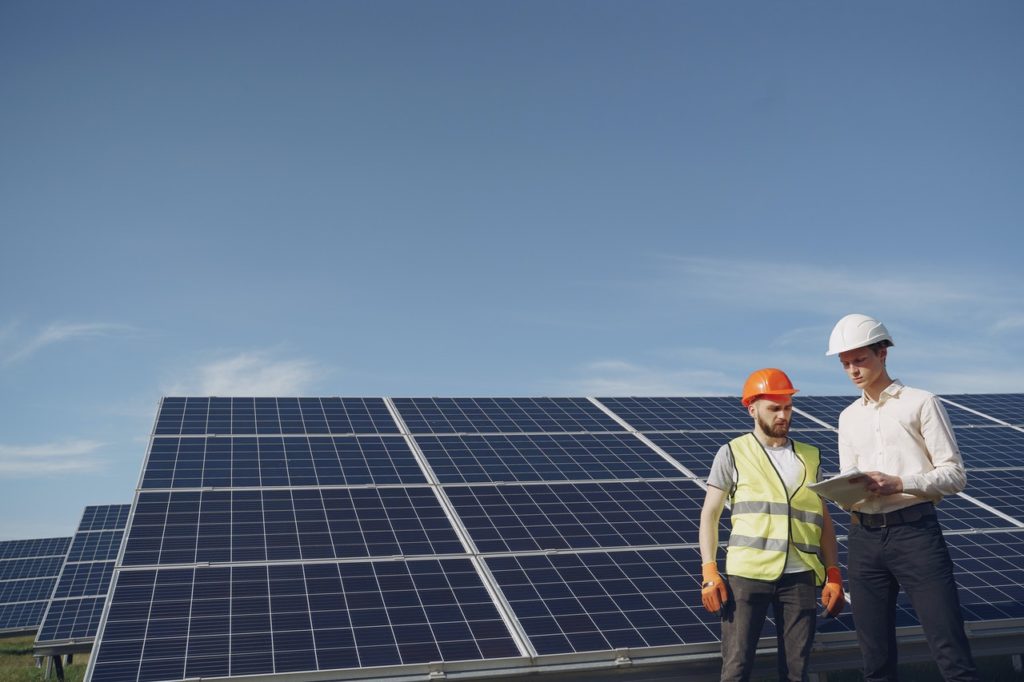Sustainable business practices are not a new solution but it has in the past been associated with high costs and extra effort to put in place. Manufacturers and innovators have considered this and begun to release sustainable solutions that are cost-effective and easy to deploy. Sustainable buildings now make much more efficient use of resources and energy while drastically reducing the negative impacts on the environment.
These green-led practices provide for less waste, more reliability, less maintenance, and a better quality of life. Now that sustainable practices and manufacturing are simpler to find and use, many improvements can be made to the housing industry as well. Sustainable practices look into solutions that are long-lasting but provide aesthetic appeal as well such as concrete fencing instead of wooden stakes.
Homeowners will appreciate that sustainable solutions can last so long with little maintenance and increase their home’s resale value. Builders will benefit from having to use less manpower and not having to rent too much expensive machinery.
Switching Over
As more people are becoming interested in building sustainable homes that reduce environmental impact, the building industry is having to adapt to these requests. Consumer interest will always drive business innovation. Builders that use environmentally-conscious resources and building practices are sure to see a more consistent customer base going forward.
Pro-sustainability-driven processes are designed to reduce harm to the environment while making the process easier to deploy via human power. The machinery used in building can produce a lot of smog and by-products that are harmful to both the environment and the people using them. Making the conscious effort to switch to green-first practices can even be done on a budget as state and federal resources are being offered to businesses who want to embrace sustainability.
Insulation Made From Recycled Materials
This is a simple one and becoming increasingly popular. Insulation manufactured using recycled and reused material is cheap to produce and safe to install. It does not produce fibers or powders that are dangerous for the builders to breathe in and are easy to cut to size. The recycling process is not as intensive as the manufacturing of regular insulation and produces less harmful by-products. It is a good investment as it provides the same benefits at a fraction of the price and harmful environmental impact.
Proper Sealing of Homes
Sustainability insists on building homes that are perfectly sealed to prevent energy waste and heat leakage. A loose window or an improperly sealed doorway may seem like a small inconvenience but the loss of energy and heat builds up to staggering amounts of money.
Double-glazed windows are a long-lasting and sustainable solution to ensuring that heat-loss is reduced as much as possible. Use weather-resistant and non-toxic paint around all edges to give an extra bit of cover to help keep these areas properly sealed against the elements.

Avoid Degradation
Environmental degradation is a serious concern as it can lead to your home weakening instead of getting more weathered and beautiful as time goes by. This type of degradation can be avoided if the builders source local materials for the exterior of the house.
Because these are locally produced materials from the region, they are better able to resist the effects of the local weather and can avoid becoming dangerously degraded. Degradation is to be avoided at all costs as it has led to a great deal of negative environmental impacts in many areas of the world.
Renewable Energy Sources
When accounted for and installed during the building phase, a renewable energy source such as solar panels can be incorporated aesthetically while providing a significant amount of power. Governments also provide tax breaks to homes that use renewable energy and gives aid to builders who use and promote such practices.
It is a wonderful way to reduce the toll on the power grid and a good way to ensure that you are not reliant on it in case of an emergency. Using renewable energy sources also allows homeowners to indulge in water heater usage which would usually be restricted to save money in a home that is fully on the power grid.
Green homes built using sustainable methods and materials are the future of housing. Even now, they may require a higher investment than environmentally harmful materials, but the cost is canceled out by the benefits of the home. A homemade with harmful materials will leach into the environment and cost more to maintain as the years go by.
A green home with its energy-efficient materials and processes will use less power, produce fewer waste products, and reduce energy wastage for many years to come. It does not produce harmful by-products that damage the environment around it and can be relied on to stay beautiful and welcoming for many years.

